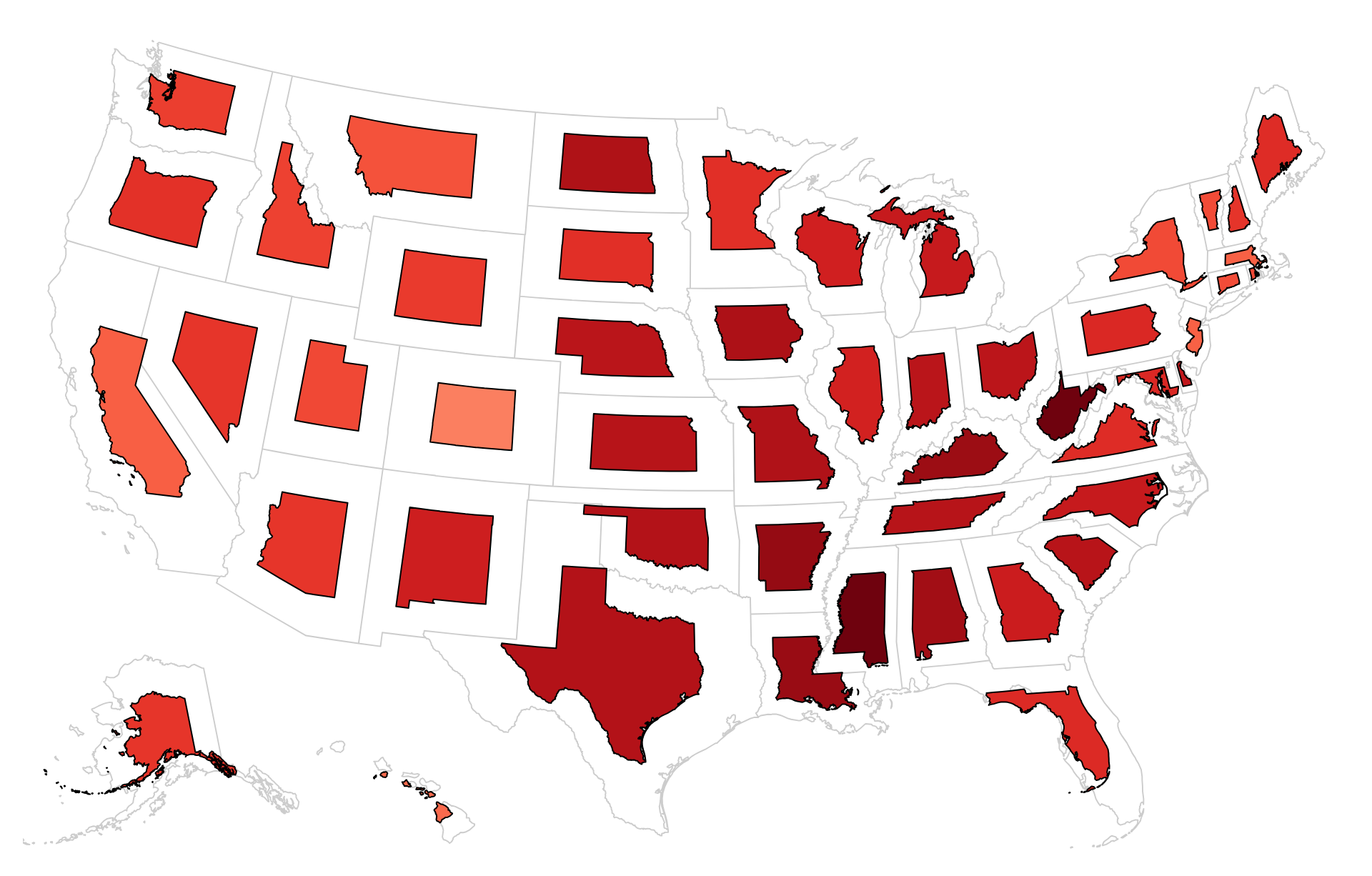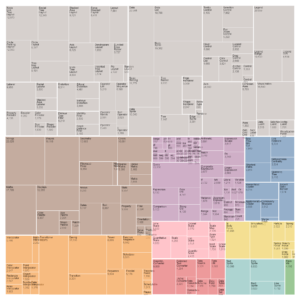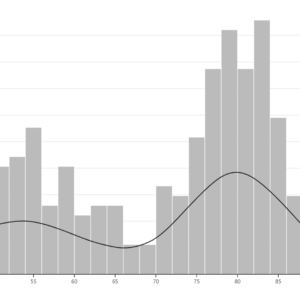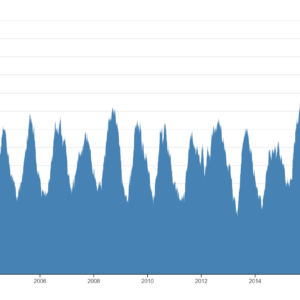
Line chart with missing data
$ 15 Original price was: $ 15.$ 10Current price is: $ 10.
Description
Description :
A line chart with missing data is a type of data visualization that displays trends or relationships using lines, but some data points are absent or unavailable. In this chart, gaps or breaks in the lines indicate where data points are missing. Despite the missing data, the chart still provides a visual representation of available data points, allowing users to interpret trends and patterns to the extent possible.
Purpose :
The purposes of line charts with missing data include:
- Highlighting Data Gaps: Line charts with missing data help to visually highlight areas where data is absent or incomplete. This can draw attention to gaps in the dataset and prompt further investigation into the reasons behind the missing data.
- Visualizing Available Trends: Despite missing data points, line charts still provide a visual representation of available data, allowing users to observe trends and patterns over time or across categories to the extent possible.
- Assessing Data Quality: Line charts with missing data can be used to assess the quality and completeness of the dataset. Users can evaluate the extent of missing data and determine if it is significant enough to affect the overall interpretation of the trends.
- Informing Decision-Making: Even with missing data, line charts can still provide valuable insights that inform decision-making processes. Users can use the available data to make informed decisions or identify areas where additional data collection efforts may be needed.
- Facilitating Communication: Line charts with missing data can be used to effectively communicate the limitations of the dataset to stakeholders and decision-makers. By visually indicating where data is missing, these charts help manage expectations and ensure transparency in data-driven discussions.
Overall, line charts with missing data serve as valuable tools for assessing data quality, identifying trends, informing decision-making, and facilitating communication about the limitations of the dataset.
The uses of line charts with missing data include:
- Assessing Trends: Line charts with missing data can still be useful for assessing overall trends in the available dataset. Despite the gaps, users can observe patterns and trends over time or across categories to the extent possible.
- Identifying Data Gaps: These charts help identify areas where data is missing or incomplete. By visually indicating gaps in the lines, users can pinpoint specific time periods or categories where data collection may be lacking.
- Comparing Available Data: Line charts with missing data allow users to compare available data points and assess differences or similarities between them. This can provide insights into variations in trends or patterns across different segments of the dataset.
- Supporting Decision-Making: Even with missing data, line charts can still provide valuable insights that inform decision-making processes. Users can use the available data to make informed decisions or identify areas where additional data collection efforts may be needed.
- Communicating Data Limitations: Line charts with missing data can be used to effectively communicate the limitations of the dataset to stakeholders and decision-makers. By visually indicating where data is missing, these charts help manage expectations and ensure transparency in data-driven discussions.
- Prioritizing Data Collection: Line charts with missing data can help prioritize data collection efforts by identifying areas where data is most needed. Users can focus on filling in the gaps in the dataset to improve its completeness and reliability.
Overall, line charts with missing data serve as valuable tools for assessing trends, identifying data gaps, comparing available data, supporting decision-making, communicating data limitations, and prioritizing data collection efforts.
Only logged in customers who have purchased this product may leave a review.
Related products
-
- Sale!
Tree Map
-
$ 15Original price was: $ 15.$ 10Current price is: $ 10. - Add to cart
-
- Sale!
Kernal Density Estimation
-
$ 15Original price was: $ 15.$ 10Current price is: $ 10. - Add to cart
-
- Sale!
Moving Average Chart
-
$ 15Original price was: $ 15.$ 10Current price is: $ 10. - Add to cart






Reviews
There are no reviews yet.